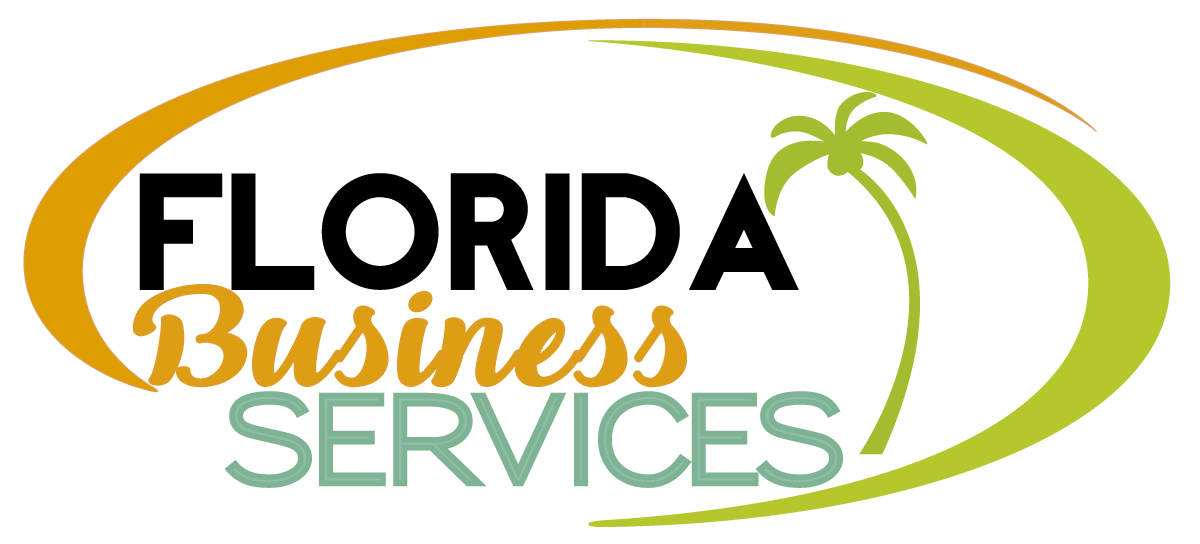
Profit And Loss Reports
Profit performance reports prepared for a business’s managers typically are called P&L (profit and loss) reports. These reports are prepared as frequently as managers need them, usually monthly or quarterly — perhaps even weekly in some businesses. A P&L report goes to the manager in charge of each profit center; these confidential profit reports do not circulate outside the business.
Businesses that sell products deduct the cost of goods sold expense from sales revenue, and then report gross margin (also called gross profit) — both in their externally reported income statements and in their internal P&L reports to managers. However, internal P&L reports have a lot more detail about sources of sales and the components of cost of goods sold expense.
Reporting operating expenses on the object of expenditure basis
One way to present operating expenses in a profit center’s P&L report is to list them according to the object of expenditure basis. This means that expenses are classified according to what is purchased (the object of the expenditure) — such as salaries and wages, commissions paid to salespersons, rent, depreciation, shipping costs, real estate taxes, advertising, insurance, utilities, office supplies, telephone costs, and so on.
To do this, the operating expenses of the business have to be recorded in such a way that these costs can be traced to each of its various profit centers. For example, employee salaries of persons working in a particular profit center are recorded as belonging to that profit center.


